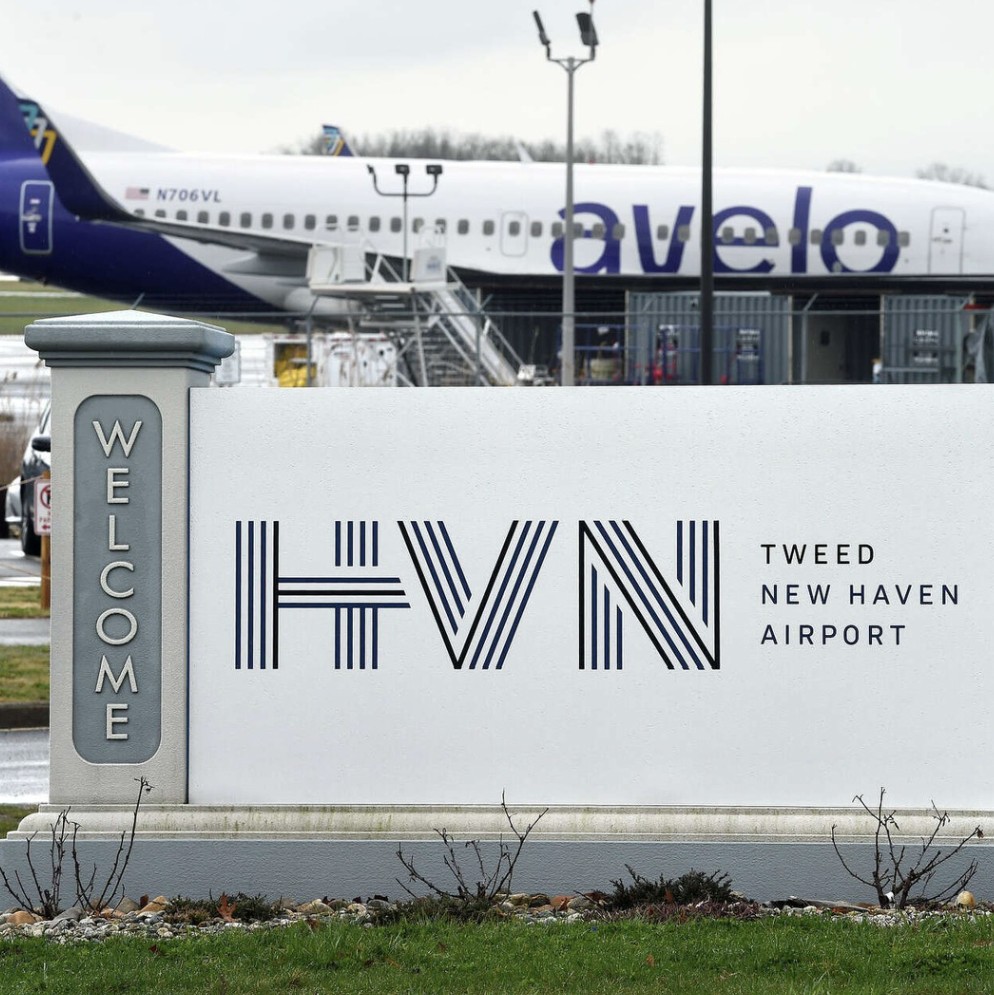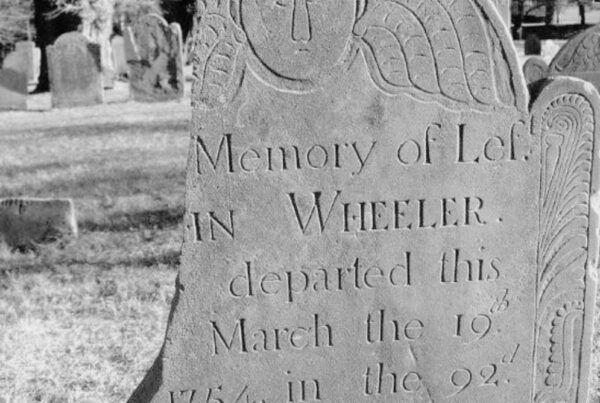Connecticut’s air travel infrastructure has long had a glaring weakness: despite a dense population and strategic location, the state has relatively few airports offering regular commercial service. Most residents still rely on New York for flights—long trip, lousy parking, and a whole lot of hassle. That’s what makes the rise of Tweed New Haven Airport (HVN) such a compelling story. You probably love this new addition to the airport landscape… unless, of course, you live in the flight path and your backyard barbecues now come with jet noise.
With new carriers, federal funding, and surging passenger numbers, Tweed is no longer a sleepy regional strip. It’s quickly becoming a real player in the Northeast travel market. But that transformation has deep roots—and a fascinating backstory.
A Century in the Making
The idea for an airport in New Haven began taking shape in 1922, when Mayor David E. Fitzgerald called for a commission to explore the city’s aviation potential. Just nine years later, New Haven Municipal Airport was officially dedicated on August 29, 1931. Designed by the New Haven firm Westcott and Mapes, the airport featured a graded dirt runway and a 4,000,000 candlepower floodlight capable of illuminating the entire field. It was a modern marvel for its time.
During the late 1930s, as wartime concerns mounted, the runways were paved as part of FDR’s WPA program. Then, during World War II, the U.S. Air Force took control of the airport to train radio and maintenance personnel.
The airport eventually took the name Tweed-New Haven in 1961, in honor of John H. “Jack” Tweed—a pioneer of Connecticut aviation whose life reads like a movie script. Born in Madison, he built and crashed his first airplane at age 15 in 1910—just seven years after the Wright brothers’ first powered flight. At age 18, he was flying a Thomas Brothers Biplane and signing postcards as “Jack Tweed, Aviator,” when the term itself was still new.
Tweed bought the first Blasiar Flying Boat in 1913 and reportedly planned to honeymoon in the air. By 1914, he was offering paid passenger flights off the beach in Madison. During World War I, he joined the U.S. Naval Reserve, served as a flight instructor, helped build the Panama Canal Zone Naval Air Station, and was among the first to fly jungle routes over the Isthmus. After the war, he became a test pilot, barnstormer, and long-distance flyer. In 1925, he helped establish the first air service at what would become the New Haven Air Terminal. Aside from the war years, he managed the field for 30 years until his death. Naming the airport after him wasn’t just a tribute—it was fitting.
Stops, Starts, and Stalled Growth
American Airlines began operations at New Haven in 1934, offering not only passenger flights but also Air Mail and Air Express services across much of the country. By 1952, the first commercial jet landed at the airport, and in 1969, the original control tower opened inside the old terminal building (replaced in 1982). In 1967, Pilgrim Airlines launched commuter flights to JFK. Over time, US Airways, Delta, and United came and went, reflecting a common theme in Tweed’s history: commercial service that arrived with optimism, then quietly fizzled out due to infrastructure constraints and inconsistent demand.
Tweed’s runway limitations and geographic positioning have long been its Achilles’ heel. Through the ’70s, ’80s, and ’90s, airlines continued to come and go. Nearby residents routinely pushed back on expansion efforts, citing environmental concerns, noise, and traffic. Infrastructure projects were frequently stalled or watered down. Still, the airport kept pushing forward. The first dedicated control tower, ongoing runway improvements, and terminal upgrades kept Tweed in the game—even if it was often on the sidelines.
The Avports Era
In the 2010s, a new chapter began when Goldman Sachs-owned Avports took over operations. With a $100 million investment plan and a long-term lease from the City of New Haven, Avports brought capital, strategy, and professional management. Their vision wasn’t to compete with JFK or Bradley, but to carve out a viable niche: fast, easy, affordable service for Southern Connecticut residents who’d had enough of the long drive and TSA shuffle.
That strategy found its perfect launch partner in Avelo Airlines. In 2021, Avelo began flying out of Tweed with nonstop service to Florida, and the impact was immediate. Passenger boardings soared from around 35,000 per year to more than 340,000 by 2023. In 2024, the number climbed again—hitting approximately 488,000. Takeoffs and landings more than doubled, and the existing terminal quickly began to feel the strain. Breeze Airways entered the market as well, signaling continued confidence in the airport’s trajectory.
Community Tensions and Federal Support
But not everything has gone smoothly. As in decades past, the airport’s success has reignited local resistance. Residents in East Haven continue to voice concerns about noise, traffic, and environmental impact. Lawsuits, petitions, and contentious zoning hearings have resurfaced. The debate isn’t new—but the stakes are higher than ever.
In 2025, Tweed received a $4 million federal grant to help fund a long-planned terminal expansion. The new facility aims to streamline operations, support growing traffic, and attract additional carriers—all while attempting to maintain a neighborhood-friendly footprint. Whether that balance can be struck remains to be seen.
Cress is a leading real estate agent serving buyers of high-end properties in Fairfield County, CT. What sets us apart from other agents is our unwavering commitment to offering the lowest fees in the industry for the level of service we provide. We believe you shouldn’t have to sacrifice quality for affordability.
Our flat fee buyer’s agent services and commission rebate models make luxury real estate more accessible, delivering top-tier service and unmatched value. By streamlining operations and leveraging technology, we pass those savings directly to you, ensuring an exceptional real estate experience. For more information, visit www.callcress.com.
Doug Cress
(212) 203-5251
doug@cress.co
License #RES.0832278
Fairfield County, CT
Enterprise Realty Inc.
License #REB.0751297
80 Huntington St.
Shelton, CT 06484




